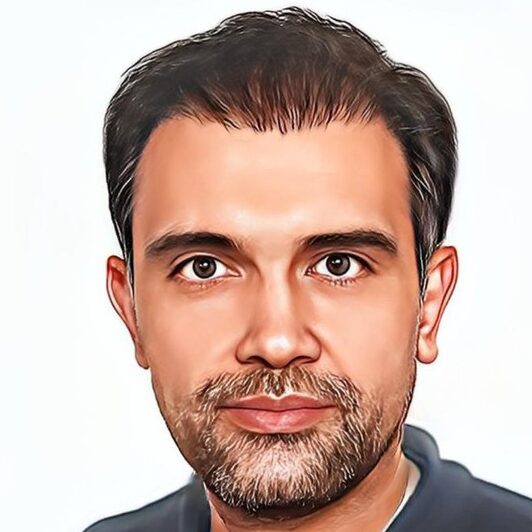
Visit the Field of our Research
Photocatalysis
Harvesting light and utilizing it in energy production and chemical synthesis. This technology can help us to use the free energy of sun for many processes.
Electrocatalysis
Empowering the catalyst, changing the selectivity, boosting the catalytic turnover through applying an external electricity. This technique can do many undoable reactions!
Photoelectrocatalysis
Integration of electricity, and light irradiaiton on boosting the catalytic performance of the catalyst. When we can find a material that can respond to both light and electricity, you can except something exceptional!
Water splitting
Generating green H2 energy carrier by breaking water molecules into oxygen and hydrogen gases through either an electricity or sunlight.
Nanoporous synthesis
Pore architecture in nanoscale through linkers, structure-directing-agents and reaction conditions, to control the surface chemistry and catalytic performance. Examples are mesoporous organosilicas, polysilsesquioxanes, porous (metal)-organic-based frameworks.
Layered Materials
Layered materials are unique in structure. They can be atomically thin and laterally extend in micron size. This results in a large theoretical surface area that, when unleashed, can lead to extraordinary performance in catalysis. That’s why we are focusing on their exfoliation and surface modification. Apart from exfoliation, layered materials harbor numerous mysteries that require exploration. One such enigma is the presence of magic angles within these layered materials.

Dr. Esmail Doustkhah
Assistant Professor of Chemistry
Esmail.Doustkhah@istinye.edu.tr
My name is Esmail Doustkhah, our group is working on the catalytic features of layered and porous materials to generate efficient catalysts, to understand the fundamentals of how a catalyst works on the interface of hybrid materials. This is in combination with experimental and theroetical chemistry which delivers us a deeper intuition of materials’ interfaces playing as catalyst and eventually, how we can develop/improve the catalyst toward a better sustainable and circular economy.